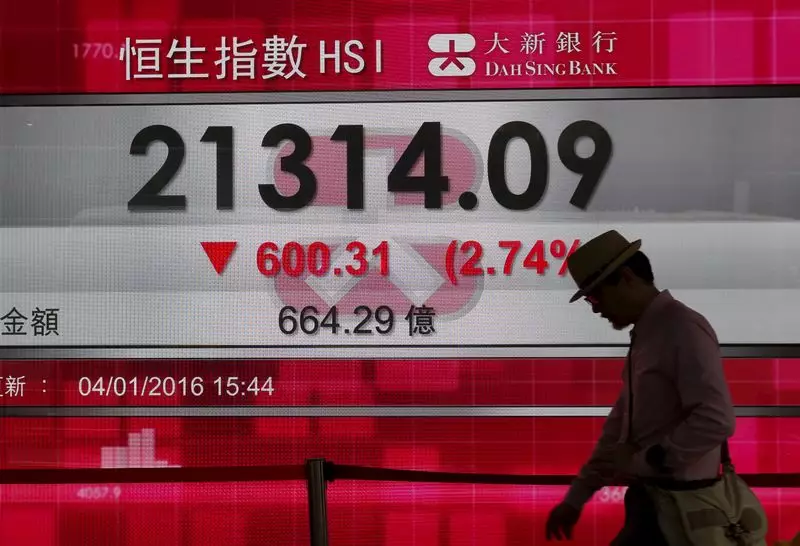Following reports of increased U.S. trade scrutiny against China, most Asian stocks experienced a decline on Wednesday. The anticipation of more cues on inflation and the Federal Reserve also contributed to the negative sentiment. Despite record-high closes on the S&P 500 and the NASDAQ Composite, regional stocks struggled to stay afloat. China’s Shanghai Shenzhen CSI 300 and Shanghai Composite indexes each fell about 0.2%, while Hong Kong’s Hang Seng was the worst performer among Asian indexes, sliding 1.6%.
The U.S. was reportedly considering wider trade sanctions on semiconductor exports to Russia, which could potentially impact Chinese and Hong Kong chip resellers supplying Moscow. This increased scrutiny towards Chinese companies raised concerns over deteriorating trade ties between the two global superpowers. Earlier in 2024, the U.S. had imposed increased import tariffs on several major Chinese industries, further escalating the trade tensions.
Mixed Chinese inflation data added to the uncertainty in the markets. While the producer price index inflation showed signs of improvement, growing less than expected, the consumer price index inflation failed to meet expectations. These conflicting cues on the economy left investors wary of the future outlook, driving some Asian markets into the red.
The Nikkei 225 and TOPIX indexes in Japan fell approximately 0.8% each, following a hotter-than-expected PPI inflation reading for May. This data came just days before a Bank of Japan meeting, where policymakers were expected to tighten policy by scaling back bond purchases. Australia’s ASX 200 also experienced a 0.5% decline, while South Korea’s KOSPI managed to buck the trend by rising 0.3% on the back of strength in chipmaking stocks.
The futures for India’s Nifty 50 index indicated a flat open, despite the index reaching new record highs earlier in the week. The recent general election results, which saw a BJP-led alliance securing a smaller majority, had minimal impact on market sentiment. However, Prime Minister Narendra Modi’s cabinet appointments reassured investors that economic reforms were still a priority. As investors awaited the conclusion of a two-day Fed meeting, the focus was on the central bank’s stance on inflation and potential rate cuts, which were expected to provide further clarity on the market’s direction.

